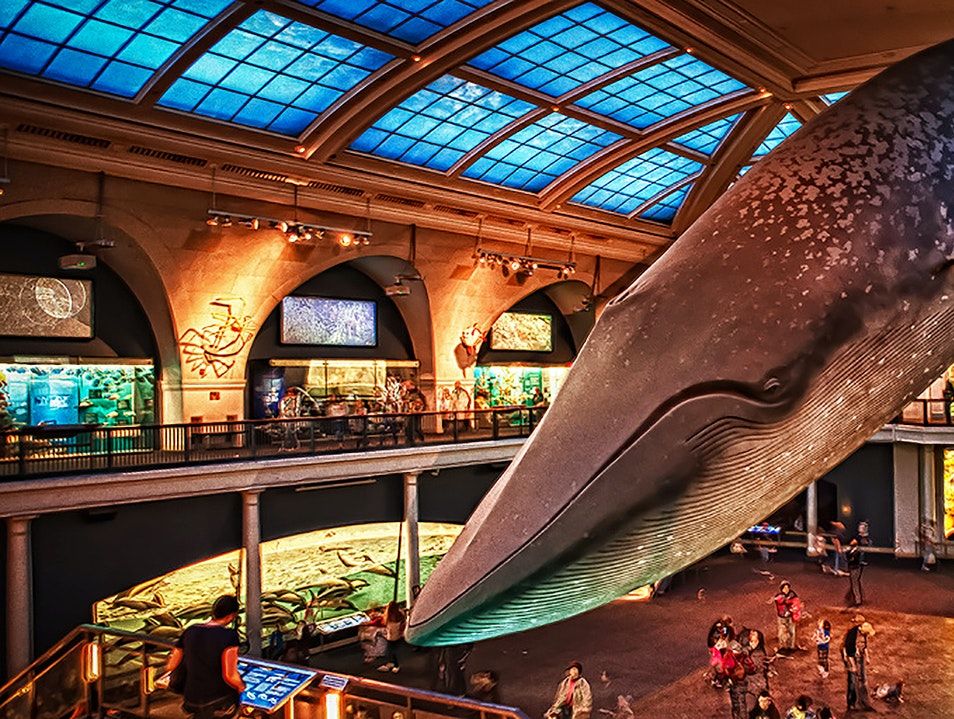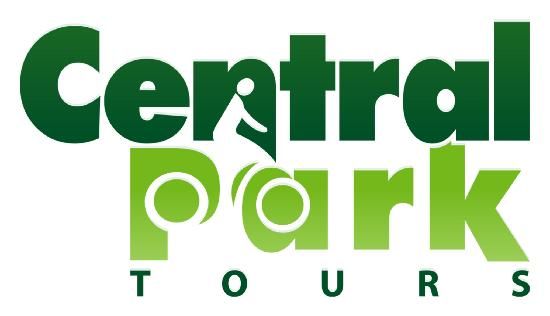American Museum of Natural History
Establishment and Early History
American Museum of Natural History (AMNH) is the largest museum of natural history in the world. It is located in the Upper West Side of Manhattan. The museum complex consists of 28 interconnected buildings housing 45 permanent exhibition halls, in addition to a planetarium and a library.
Collections
The museum collections contain specimens of plants, animals, fossils, minerals, rocks, meteorites, human remains, and human cultural artifacts from all over the world. Initially, the museum was housed in the Arsenal building on the Eastern side of Central Park. Founding it was one of the dreams of prominent American naturalist Dr. Albert S. Bickmore. He found the support of Theodore Roosevelt, Sr., as well as other famous New Yorkers like John David Wolfe, William T. Blodgett, Robert L. Stuart, Andrew H. Green, and many more. They lobbied to John Thompson Hoffman – then Governor of New York, who signed a bill officially creating the American Museum of Natural History on April 6, 1869. John David Wolfe became the first president of the Museum the same year. John David Wolfe (1792-1872) was a successful New York hardware merchant and the head of the firm of Wolfe and Bishop. He gave largely to benevolent objects, especially for the relief of orphans, aged persons, and prisoners, and for the promotion of religion and education under the auspices of the Protestant Episcopal church.
Moving out!
But soon enough the Arsenal building wasn’t enough for the vastly growing museum, so the museum authority secured a block of land on Manhattan square. Although there wasn’t enough funding for more than a modest building, the architects - Calvert Vaux and J. Wrey Mould, prepare a monumental plan for the entire Manhattan Square. The cornerstone was laid in 1874, and the first building is open in 1877 by US president Rutherford B. Hayes.
Jessup’s Golden Age
Soon enough the museum will be launched into a golden age of exploration becoming one of the top scientific institutions that it is today. Morris K. Jesup is the third president of the American Museum of Natural History. He is born at Westport, Connecticut in 1830. During his lifetime he was active in numerous philanthropic activities like the United States Christian Commission during the Civil War, the Five Points House of Industry in New York where they taught the new European emigrants the skills they needed in the US. He donated the funds for the construction of the Society's DeWitt Memorial Church in Rivington Street on the Lower East Side. His contributions to Tuskegee Institute enabled George Washington Carver to develop a mobile educational station that he took to farmers.

Jesup was treasurer of the John F. Slater Fund for the Education of Freedmen at its beginning. The list goes on and on, and every act of charity by Mr. Jesup is as important as the rest. But he probably is most known for his time as a President of the American Museum of Natural History where he served from 1881 to his death in 1908.
Years ahead of the Museum
His time will be remembered as a time of growth and bloom. Annual attendance increased, and the departments were raised from three to eleven. In his vision, the museum should be attractive to the general public, as well as a place of scientific researches. He used to say that he is an unscientific businessman and wanted exhibits labeled so they can be understood by everyone. Then, after a visit to the British Museum, he got the idea of ‘habitat groups’, where the exhibit of the stuffed bird was placed on a model of their native plant. Then he added a painted background, thus creating the ‘habitat diorama’. Jesup’s era is known as the golden age of exploring. It lasted up until the 1930s.
The most ambitious expedition was the Jesup North Pacific Expedition that took place between 1897 and 1902 with the main purpose determine if Native Americans came from Siberia and to document the life of vanishing cultures of North American Indians and of Siberia. The project was proposed by Franz Boas, known as the father of modern anthropology. Artifacts from those journeys may be found in Hall of Northwest Coast Indians.
Robert Peary
Jesup also supported Robert Peary’s attempts to reach the North Pole. The Museum benefited from Peary’s expeditions by acquiring numerous wildlife specimens, Eskimo artifacts, and the Cape York meteorites along with the Ahnighito meteorite, the largest in any museum. Morris K. Jesup supported many other expeditions, like those to Congo, Outer Mongolia, and the great Gobi. In May 1891 Jesup established the Department of vertebrate paleontology and hired Henry Osborn as a curator.
This was key in establishing the world’s leading dinosaur collection, starting with the spoils from an 1897 expedition to Wyoming where Osborn and Barnum Brown discovered the Museum’s first dinosaur specimen.
Last but not least, Jesup contributes several serious amounts of money to the Museum. He left more than 450 000 in collections and sponsored expeditions and 1 million in his will for scientific purposes only. Furthermore, his widow – Maria DeWitt, left the museum 5 million from the estate she had inherited from her husband. ans. This is the Museum’s oldest exhibition area.



